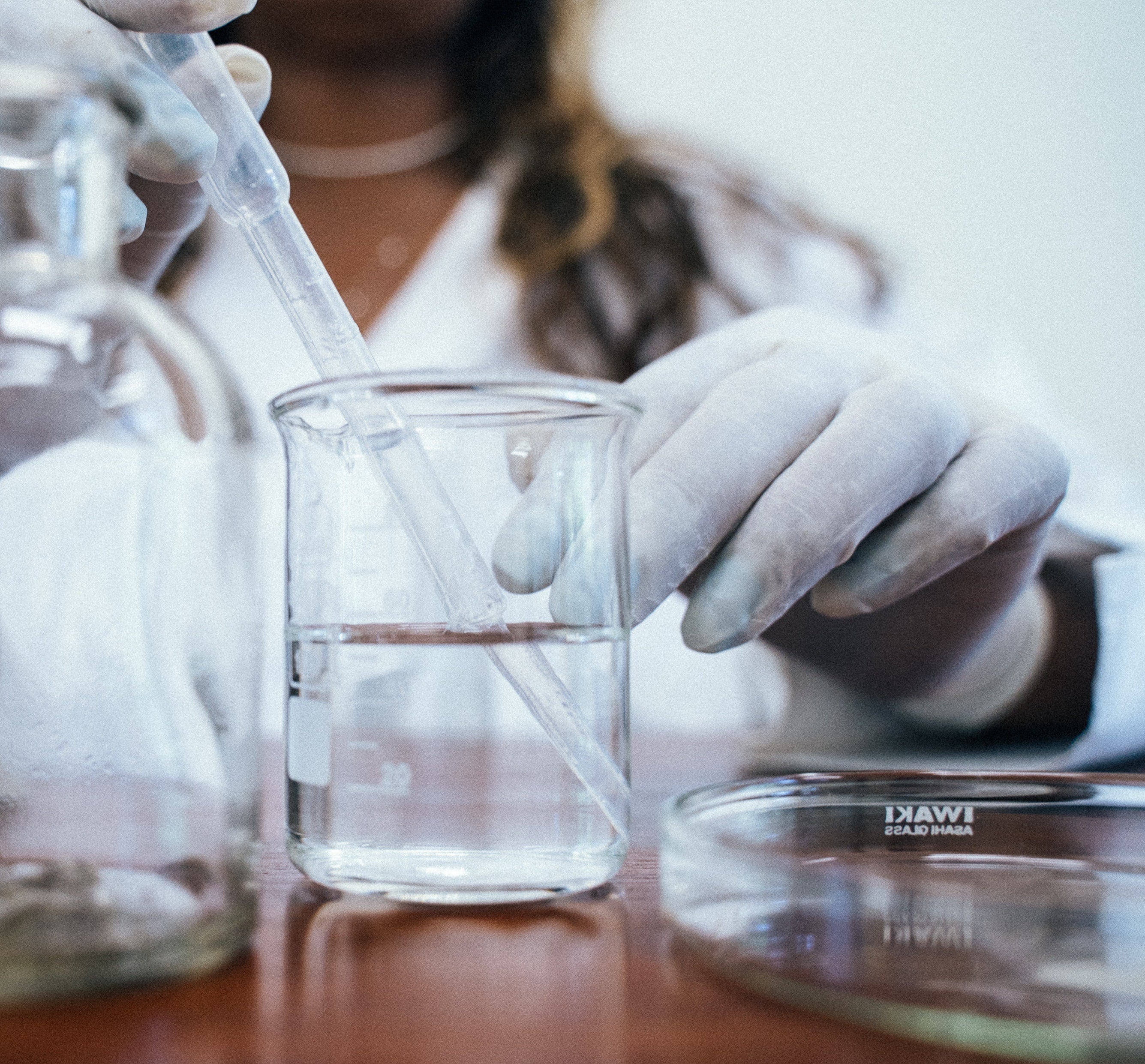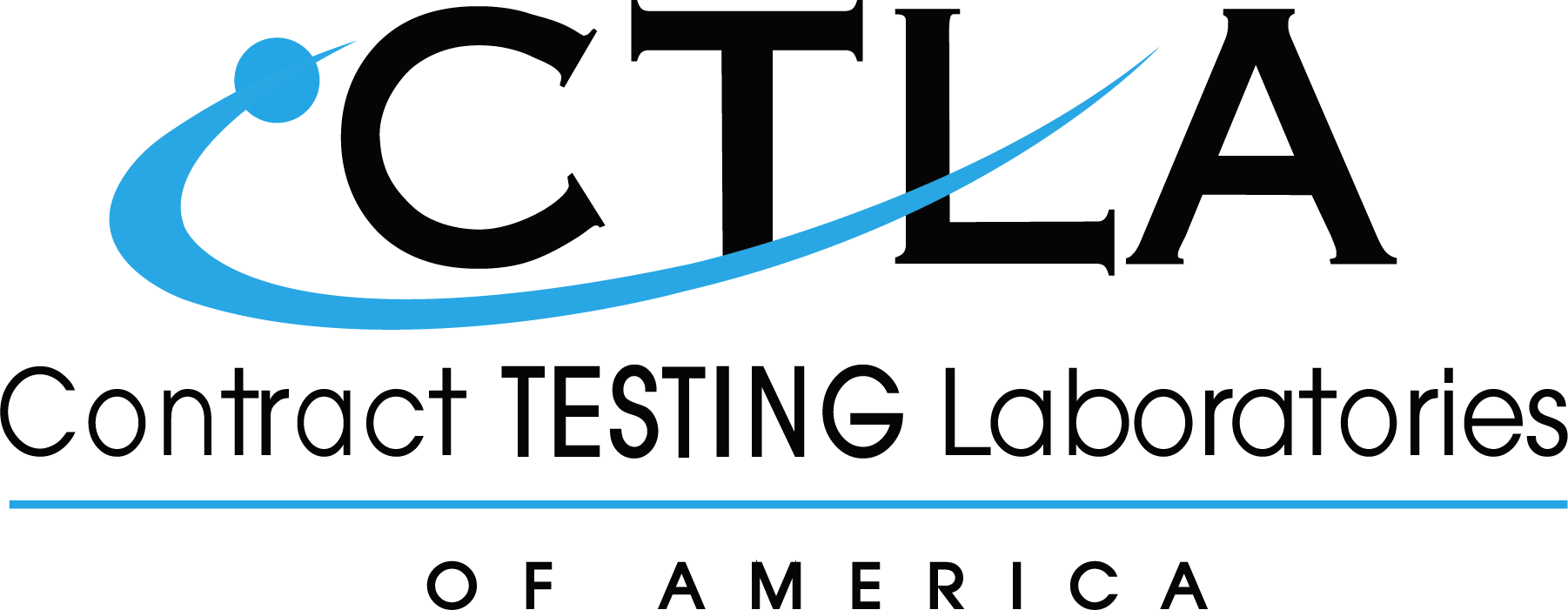
Water Activity vs. Moisture Content
Water is everywhere and in everything. About 71% of the earth’s surface is water. The human body is composed of roughly 60% water. Plants, animals, and microbes all require water to live and grow. Hence, knowing the amount of water in a product helps predetermine the product’s stability, shelf-life, processing, and microorganism growth.
With its charged molecular structure, water readily bonds with other asymmetrically charged molecules. However, water is not stuck in a bond. It readily dissolves bonds, too. Especially if a more attractive bond is close by or if conditions are right for water to change state like moving from a liquid to a gas.
Life is multifaceted and complex. And so is water. Using only one laboratory test provides only a facet of a complicated puzzle. By using different laboratory tests on one product, the puzzle pieces form into a complete picture of the quality, short-term and long-term stability, processing requirements, and/or shelf-life of that product.
Two different water testing procedures are used on food products, dietary supplements, and cosmetics to provide a complete picture. These two tests are water activity (aw) measurement and moisture content testing.
The difference between aw and moisture content testing is the current state of the product versus the future potential state. aw testing gives the present amount of unbonded or free water presently available for microorganism growth or chemical bonding. Moisture content testing is a measure of all water, both bonded and unbonded, contained in a product.
Comparing the water content of a product graphically to its aw level at various temperatures gives the product’s complex sorption isotherm. Moisture sorption isotherms help determine conditions for water adsorption/desorption at given temperatures. Normally, products hold more moisture at colder temperatures and lose moisture as the temperature rises though the relationship is not linear.
Aw Measurement
The aw level (represented as a percentage of the activity level of pure water) indicates the short-term potential for microorganism growth. It also determines storage requirements to prevent spoilage, texture loss, caking, and clumping.
Since the aw of a product is temperature-dependent, aw testing requires strict temperature control. The testing is complete when the water in the sample has reached equilibrium with the water vapor in the enclosed testing space.
The US Food and Drug Administration (FDA) outlines good manufacturing practices for products with an aw level above 0.85 in Title 21 of the Code of Federal Regulations. These regulations protect the public from the growth of harmful bacteria, yeast, and mold in consumer products. Microorganism growth cannot be supported at aw levels below 0.60.
Moisture Content Testing
Moisture content (represented as a percentage of the sample by weight) helps determine product quality, processing, packaging, and potential for future microorganism growth.
Moisture content is determined using oven drying techniques with self-contained lab equipment. During the testing, anything in the product with a boiling point between storage temperature and 105° Celsius evaporates. The percentage of mass lost is the product’s moisture content.
For food, dietary supplements, and cosmetics, the Association of Official Agricultural Chemists (AOAC) assumes all mass lost during drying is water. Any lost volatile organic compounds (VOCs) are considered insignificant.
A Complete Picture
The more information a company has about the current state of water in a product and the potential state improves processing, desiccant use, packaging, formulation changes, storage, stability, and shelf-life decisions. Better decisions reduce wastes and costs to improve proficiency and profit margins.
Take advantage of low-cost aw and moisture content testing to increase your bottom dollar with CTLA.
CTLA Testing Services
CTLA is a full-service ISO/IEC 17025:2017 accredited testing laboratory specializing in testing food, dietary supplements, and cosmetics. For a complete list of testing services available at CTLA, see our capabilities page.
To meet product requirements for aw levels and moisture content, make manufacturing and packaging decisions, and determine product stability and storage, turn to CTLA. We are dedicated to providing excellent customer service and reliable laboratory results with quick turnaround times. We use the latest testing methods and laboratory equipment to provide accurate, reliable, and fast aw and moisture content analysis.
Save money and time by contracting with CTLA today.
For dietary supplement sales on Amazon, work with CTLA to streamline compliance with Amazon’s recently required third-party testing and documentation. Put our experience to work for you. With our services, your supplement will be live and available for consumer purchase quickly and efficiently because we dot the i's and cross the t’s.

Article by Jae O. Haroldsen
The content of CTLA’s website is for information only, not advice or guarantee of outcome. Information is gathered and shared from reputable sources; however, CTLA is not responsible for errors or omissions in reporting or explanation. CTLA gives no assurance or warranty regarding the accuracy, timeliness or applicability of the content.
Sources
- Vinci, Raquel Medeiros et al. “Occurrence of Volatile Organic Compounds in Food from the Belgian Market and Dietary Exposure Assessment.” Science Direct. 2015. https://www.sciencedirect.com/science/article/abs/pii/S0956713514007002
- “Moisture Sorption Isotherms.” Wikipedia. https://en.wikipedia.org/wiki/Moisture_sorption_isotherm
- McClements, Julian. “Determination of Moisture and Total Solids.” Professor of Food Physio-chemistry - University of Massachusetts Amherst. https://people.umass.edu/~mcclemen/581Moisture.html
- Moore, Sarah. 2020. “Why is Moisture Content Analysis of Food Important?” News Medical. https://www.news-medical.net/life-sciences/Why-is-Moisture-Content-Analysis-of-Food-Important.aspx
- Water Activity (AW) in Foods.” Food and Drug Administration. 2014. https://www.fda.gov/inspections-compliance-enforcement-and-criminal-investigations/inspection-technical-guides/water-activity-aw-foods







